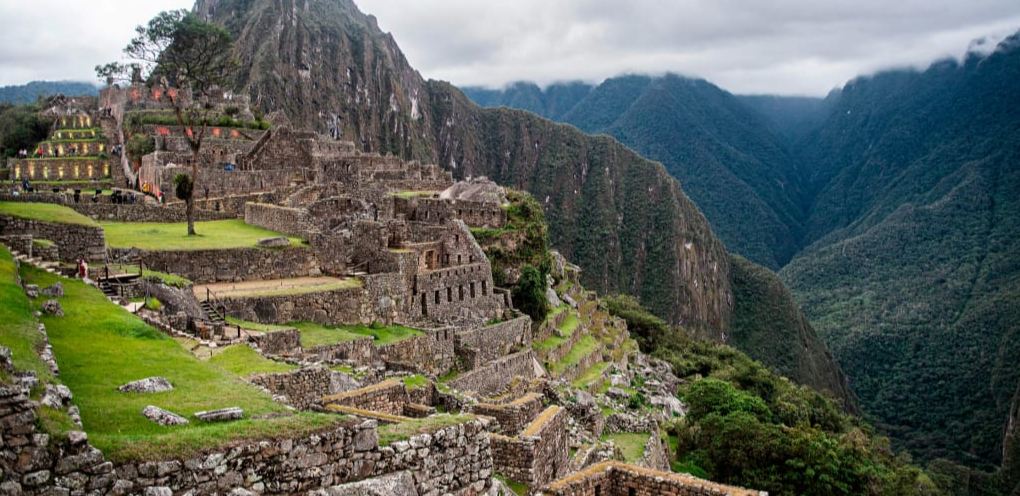
For over 100 years, one of the most famous relics in the world, Machu Picchu, has been known by the wrong name, according to a report published in Ñawpa Pacha: Journal of the Institute of Andean Studies. The Incas(印加人) who built the ancient city likely called it Huayna Picchu, the report said. Huayna translates to “new or young”, while Picchu means “mountain peak” in the Quechua language, said professor Emily Dean. Machu means “old”, so we’ve been calling it old mountain peak, she added.
The Incan settlement was believed to have been built around 1420 as an estate(领地) for royal Incas living in Cuzco, the capital of the Incan empire. When the Spanish later conquered the Incas, Huayna Picchu was given up. It was hidden for centuries deep in the Andes mountains until American explorer Hiram Bingham rediscovered it in 1911. In his field notes, Bingham decided to call the ancient city Machu Picchu, based on information provided to him by his guide Melchor Arteaga, a farmer who lived in the area, Bauer said.
During Bauer’s research into Machu Picchu, he found evidence that its original name had been something else. The researchers began by looking at Bingham’s notes, where he stated he was uncertain of the name of the ruins when he first visited them. From there, Bauer and Amado Gonzales reviewed maps and atlases(地图册) printed before and after Bingham’s visit. And they did find some historical evidence.
The name error isn’t surprising, Dean said, because many non-Peruvian archaeologists did not put much effort into researching the names of places and didn’t fully understand the Quechua language. Despite the discovery of the area’s original name, it’s likely to remain Machu Picchu, Bauer said. “We would not suggest that the name be changed since Machu Picchu is known worldwide,” he added.
本时文内容由奇速英语国际教育研究院原创编写,未经书面授权,禁止复制和任何商业用途,版权所有,侵权必究!(作者投稿及时文阅读定制请联系微信:18980471698)
1.What does “Huayna Picchu” possibly mean?
A Old mountain peak.
B Great high mountain.
C Young mountain peak.
D New royal mountain.
解析:选C。C 细节理解题。根据文章第一段的“Huayna translates to ‘new or young’, while Picchu means ‘mountain peak’ in the Quechua language”可知,Huayna Picchu的意思是“年轻的山峰”。故选C。
2.How was the ancient city called wrongly?
A The Spanish hid it deep.
B Bingham found information about it.
C Arteaga misguided Bingham to name it.
D The local farmers gave it a new name.
解析:选C。C 推理判断题。根据文章第二段最后一句的“Bingham decided to call the ancient city Machu Picchu, based on information provided to him by his guide Melchor Arteaga”可知,Bingham是基于他的向导Melchor Arteaga提供的错误信息而命名了这座古城。故选C。
3.How will people deal with the name error?
A They will leave it as it is.
B They will correct it soon.
C They will find out the origin.
D They will explain it worldwide.
解析:选A。A 细节理解题。根据文章最后一段的“Despite the discovery of the area’s original name, it’s likely to remain Machu Picchu”可以得知人们不会改变其现有的这个名字,即维持原样。故选A。
4.What is the best title for the text?
A Mistakes Are Common in Archeology.
B Machu Picchu called Huayna Picchu.
C The Most Famous Old Historic Relic.
D Ñawpa Pacha Published a Good Article.
解析:选B。B 主旨大意题。历史学家对秘鲁境内一处世界闻名的考古遗址马丘比丘(Machu Picchu)的文献进行研究,发现该遗址的名称被弄错,本来的名字应该是瓦伊纳皮克丘(Huayna Picchu)。故选B。